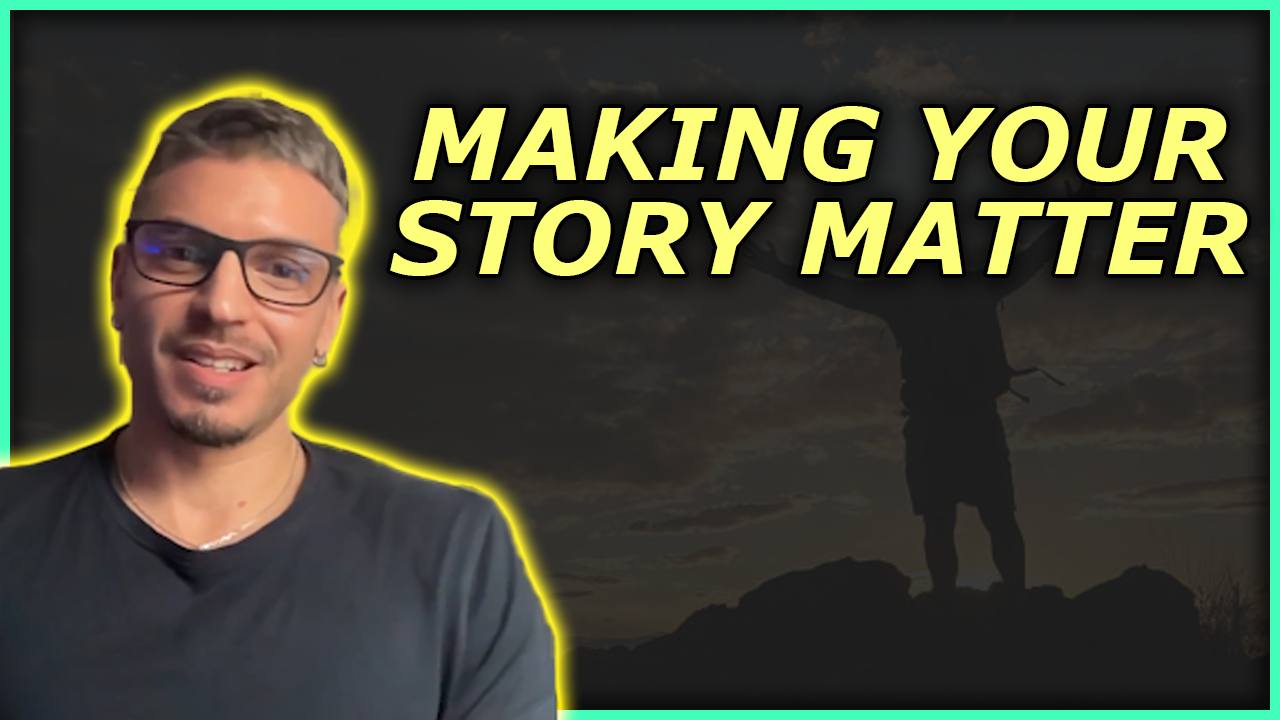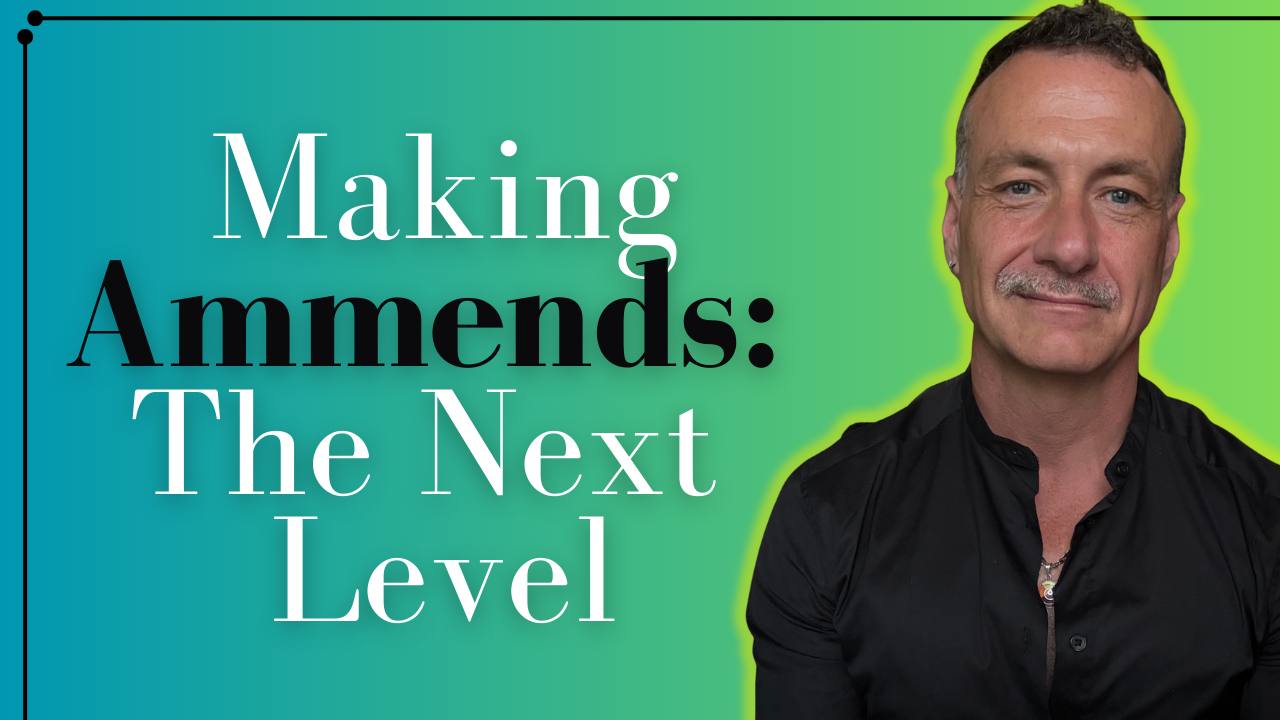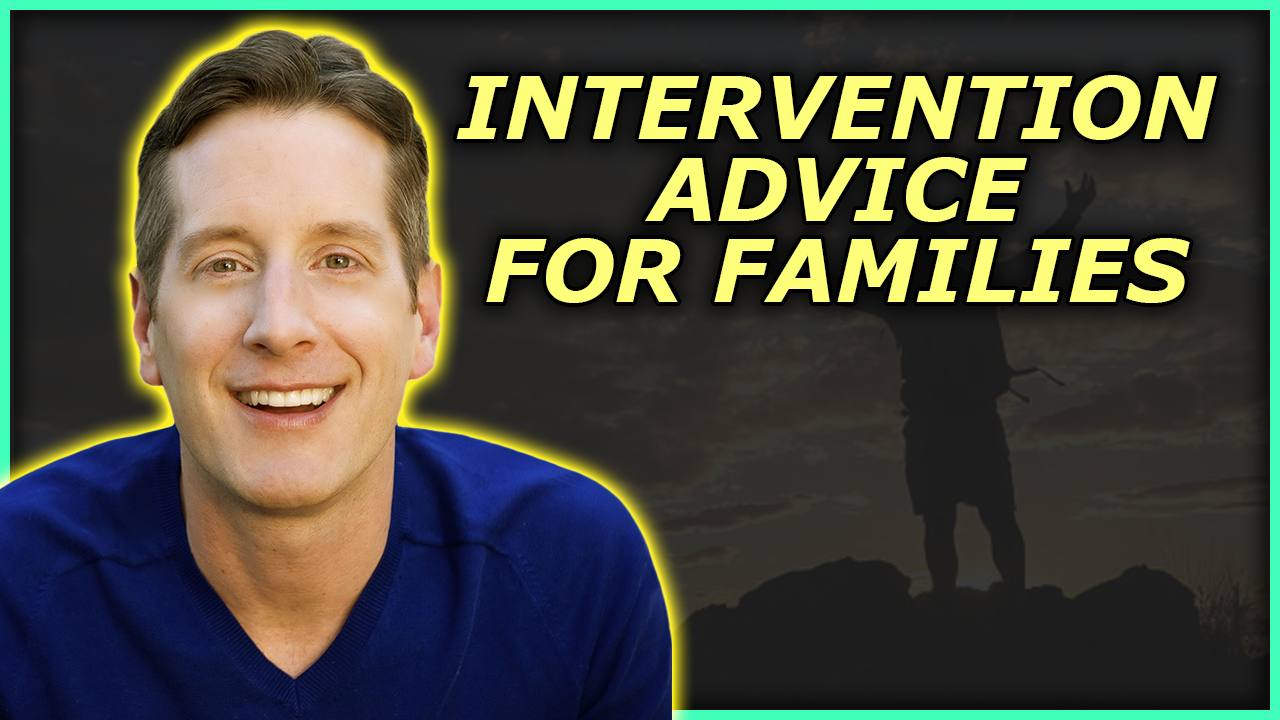How Many Masks Are You Wearing (aren't you tired?)
Noticing my hand visibly trembling, I gripped my pen and squeezed. I could feel my chest pounding, too. A bead of sweat plingo-ed down my spine.
Using my periphery, I strained to catch any sign that the person next to me at the boardroom table noticed my body language.
I adjusted my position in the posh chair to better view the report projected on the large screen, straining to follow the speaker.
I saw a mouth moving but couldn't comprehend the words. My brain couldn't focus on anything but the constant sound of the air conditioning.
As I scanned the neckties and blouses gathered around the table, I smiled to myself, knowing that I was wearing a seedy jock strap and cock ring under my business suit.
I was still high from the 4:00 am hot rails. What a contrast; only hours before, I danced to blaring music with two naked guys in my bedroom.
At 8:30 am, I was staring at profit trends in the Executive Conference Room.
I'll be honest with you, these moments were my favorite part of using crystal meth.
It wasn't the sex.
It was the secret life.
The conflicting personas.
The contrast of being meth-Dallas, then daddy-Dallas, then professional-Dallas, and friend-Dallas fed my dopamine hunger as much as the chemical high.
It felt so natural for me to embrace the underground society of Tina users.
That's because I had lived my life juggling personas. I knew no other way than to adjust my personality to the environment.
It was my way of surviving a lifetime of feeling like I belonged nowhere.
The real me had been shoved into a dark closet early on in my life. Because I hated that aspect of me so much, I had to invent ones that gained the approval of others.
I believe this is one of the main reasons I dove into meth so fast and hard. It meshed so well with my already-present coping mechanisms.
The real me had never seen the light of day. There was more than enough space for my dark sides.
Can you relate? How many versions of yourself are you keeping alive?
Addiction recovery is about becoming aware of all of your parts in order to integrate them into one authentic YOU.
It is about discovering who you were before the world defined you.
It is about being the same persona across all aspects of your life.
If this resonates with you, keep reading.
Managing different personas is like running multiple full-time jobs – exhausting, confusing, and ultimately unsustainable in recovery.
Each persona was created for a reason – survival, acceptance, protection. They serve their purpose during different chapters of your life.
But now, maintaining these separate selves might hold you back from experiencing the depth and authenticity that lasting recovery demands.
Let's explore why this happens and how you can begin bringing these fragments of yourself back together.
Understanding the Splintering
Think back to when you first started creating these different versions of yourself.
Maybe it began in childhood – becoming the quiet one at home to avoid conflict, the class clown at school to deflect attention from pain, the tough guy in your neighborhood to survive.
Then came the using persona, perhaps your most elaborate creation, designed to navigate the world of addiction while maintaining the illusion of control.
As life grew more complex, so did your personas.
Each new environment, relationship, or challenge might have prompted the creation of another version of yourself.
In recovery, you might have even created a new "recovery persona" – the person you think you should be now that you're not using meth.
The True Cost
This fragmentation comes at a price that goes beyond mere exhaustion.
When you're constantly switching between different versions of yourself, you're expending enormous energy just keeping track of which self to present in each situation.
This energy could be better spent on actual recovery work.
Take a moment now to consider: When was the last time you felt truly, completely yourself? Can you even remember what that feels like?
The Path to Integration
Integration doesn't mean destroying these different aspects of yourself.
Instead, it's about acknowledging each persona's purpose and bringing their valuable qualities into a more cohesive whole.
Here's how to begin:
Start with Gentle Observation
Begin by simply noticing when you shift personas. Don't judge – just observe. Keep a small notebook and jot down:
- What triggered the shift?
- How does this version of you speak, move, think?
- What fears or needs is this persona protecting?
Find the Common Thread
In quiet moments, review your notes. You'll likely start noticing patterns.
Maybe your "professional self" and your "recovery meeting self" both value integrity. Perhaps your "family self" and your "using self" both seek connection, just in vastly different ways.
- Honor Each Persona's Purpose Each version of you developed for a reason. Your using persona might have been protecting you from unbearable pain. Your professional persona might be guarding your dignity. Thank these parts of yourself for helping you survive, even as you prepare to transform them.
- Practice Authenticity in Safe Spaces Finding others in recovery can be an ideal place to start. Share about your struggle with different personas. Watch how others respond to your authenticity. Notice how being real, even when it's uncomfortable, creates deeper connections than any well-crafted persona ever could.
- Integration Exercises Try this daily exercise: Each morning, ask yourself, "Who am I trying to be today?" Then, ask, "Who am I really?" Notice the gap between these answers. This gap is where your integration work lives.
The Challenge and Promise of Integration
Integration isn't about becoming a completely different person – it's about becoming more fully yourself.
This process can be uncomfortable. You might fear that without your carefully constructed personas, you won't know who you are. You might worry that your authentic self isn't enough.
But consider this: How much energy could you redirect toward your recovery if you weren't spending it maintaining multiple versions of yourself?
How much more genuine could your connections become?
How much more peaceful might you feel being aligned with your true self?
Remember, integration happens gradually. You might still shift between different selves as you work on this – that's normal. The goal isn't perfection but progress toward authenticity.
Moving Forward
Start small.
Choose one situation today where you'll try to be a little more authentic. Notice what that feels like in your body.
Notice the fears that arise. Notice also any sense of relief or freedom.
Your personas helped you survive, but now it's time to thrive.
Integration isn't about erasing your past or denying parts of yourself.
It's about bringing all these pieces together into a more complete, authentic whole – someone who can face life's challenges without needing to fragment or hide.
In recovery, we often say we're seeking not just sobriety but transformation.
Integration is a crucial part of that transformation. It's how we move from surviving to truly living, from managing personas to embracing our authentic selves.
Take that first step today. Your true self is waiting.
Let me know how I can support you. Love, Dallas 💚





Responses